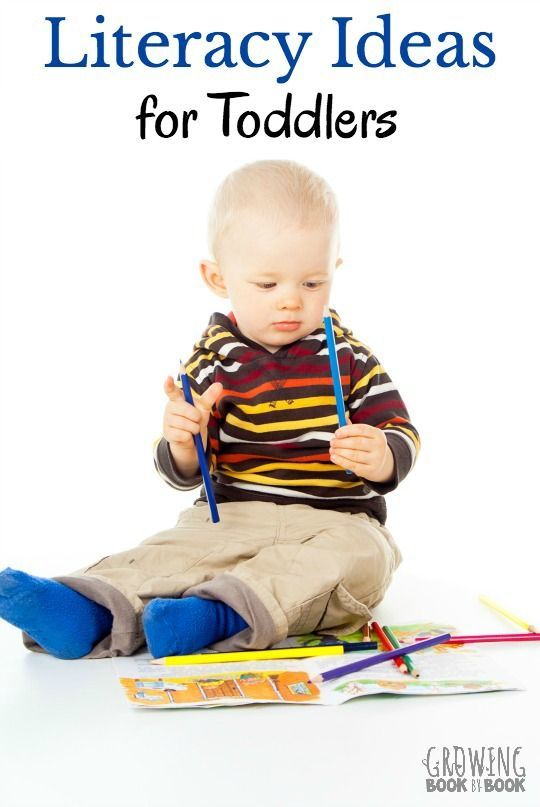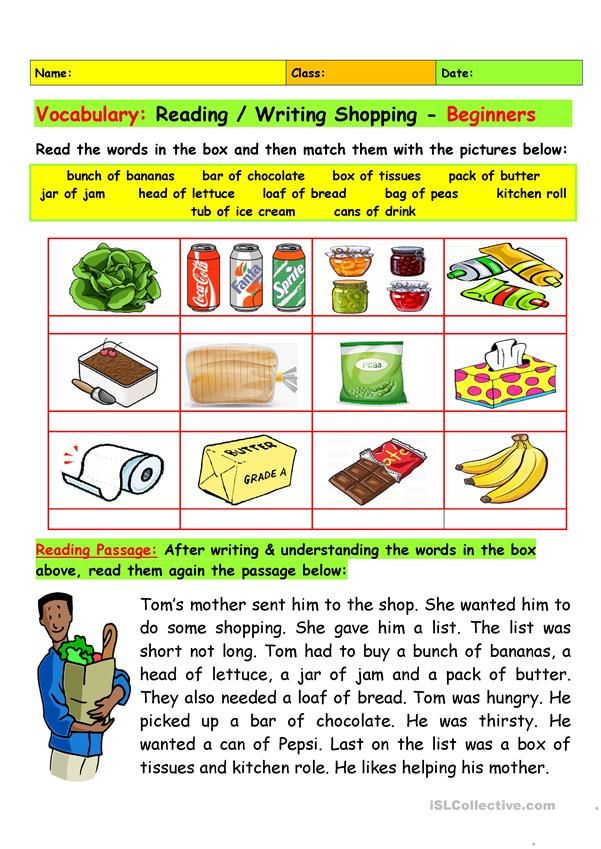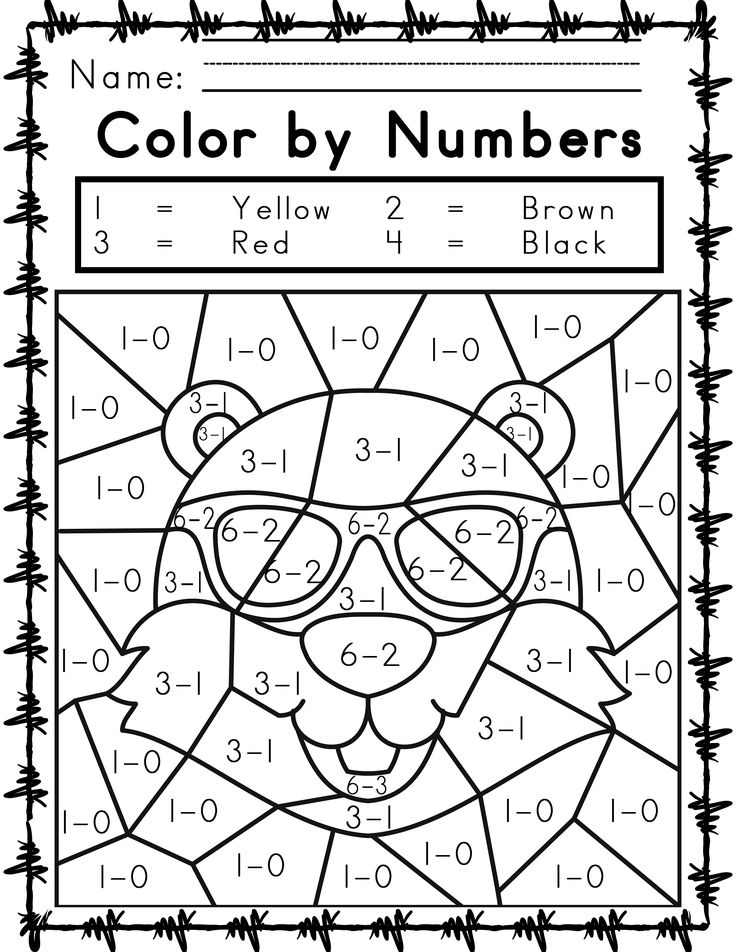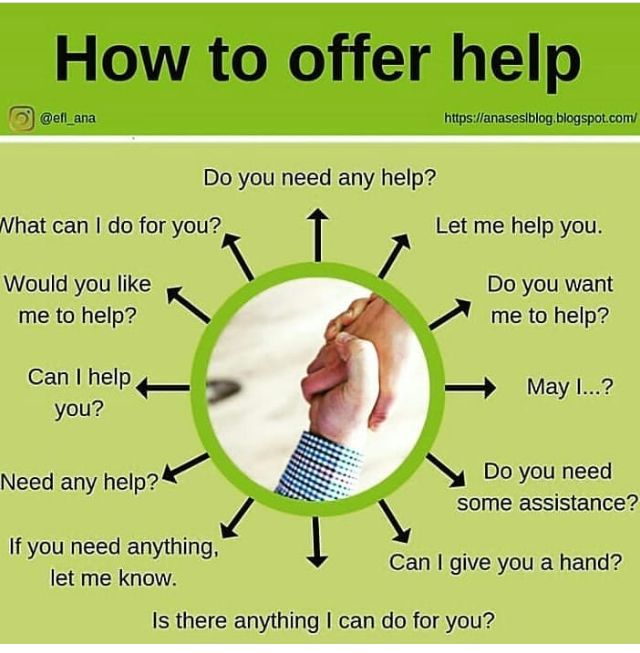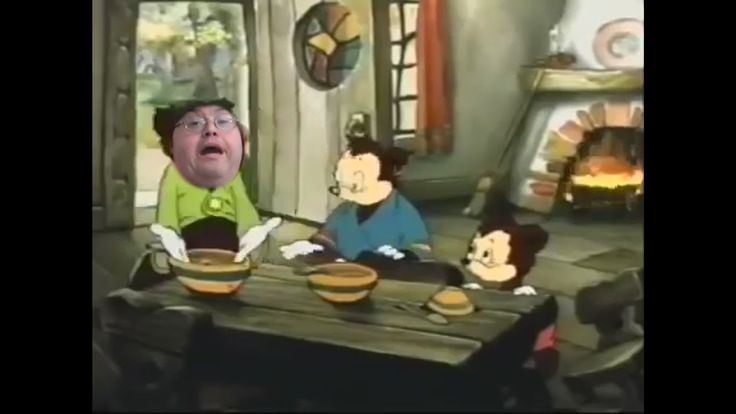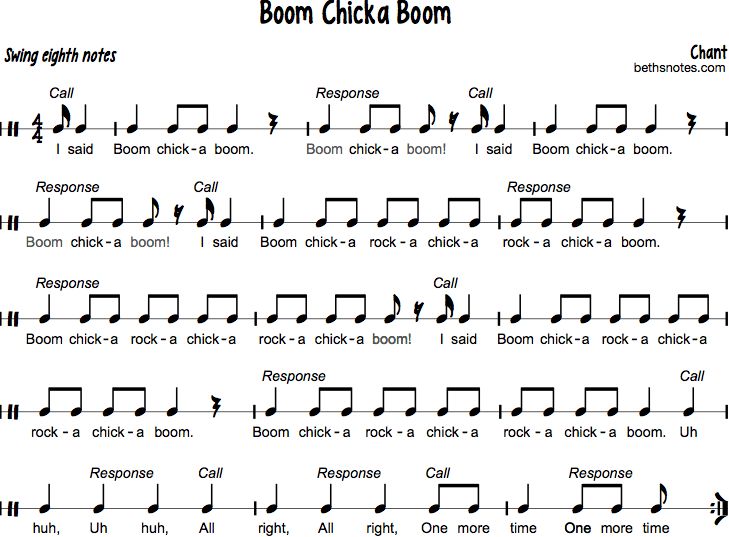When do you double the final consonant
Doubling the final consonant before adding –ed or –ing
Ask the Editor
Question
When do you double the consonant at the end of a verb, before adding –ed or –ing? — Pasam G, Tanzania
Answer
SPELLING RULES FOR VERBS WITH -ING AND -ED ENDINGS
When a verb ends in a consonant, sometimes the consonant is doubled before adding the –ed or –ing ending, like this:
stop --> stopped, stopping
- Lucy stopped the car.
- Why was Lucy stopping the car?
And sometimes the final consonant is not doubled, like this:
shift --> shifted, shifting
- Sandy shifted the gears.
- Sandy was shifting the gears too much.
To know when to double the final consonant, follow the rules below.
RULES
- In a word with 1 syllable, double the final consonant ONLY if the word ends in 1 vowel + 1 consonant.
- In a word with 2 or more syllables, double the final consonant ONLY if the word ends in 1 vowel + 1 consonant AND the final syllable is stressed.
- At the end of a word, don’t count w, x, or y as a consonant.
APPLYING THE RULES
These verbs get a doubled final consonant:
- tip / He tipped the waiter. /He isn't tipping the waiter.
- cram / The students crammed for the test. /The students were cramming for the test.
- regret / Carl regretted the things he had said. /Carl was regretting the things he had said.
These verbs do not get a doubled final consonant:
- vote --> voted, voting (vote ends in a vowel)
- instruct --> instructed, instructing (instruct ends in 2 consonants)
- listen --> listened, listening (listen has 2 syllables and the final syllable is not stressed)
Archive
Select month.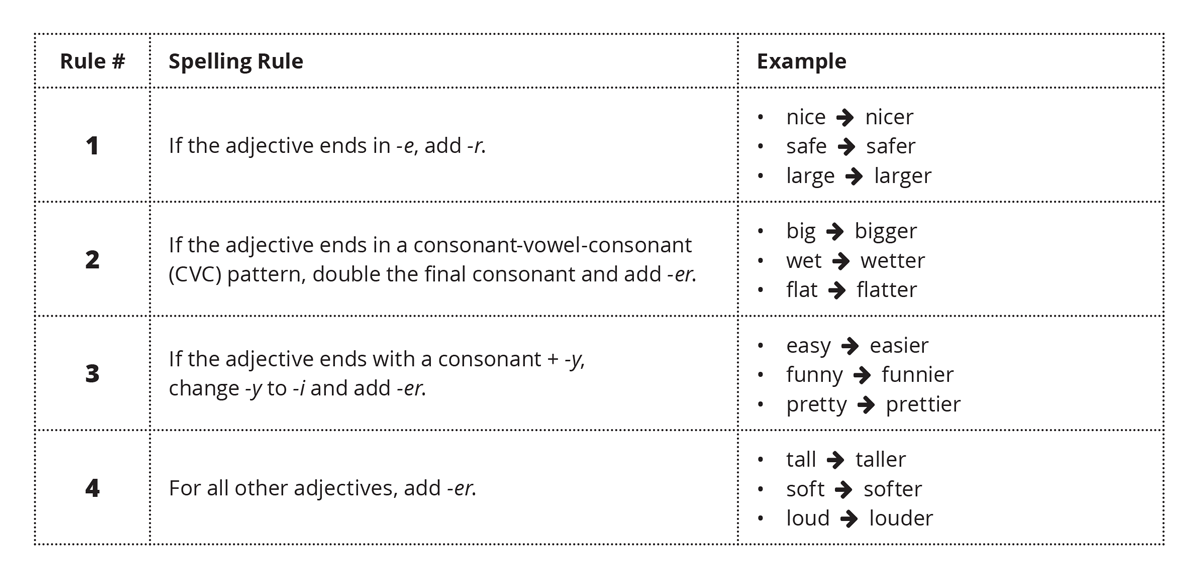 ..February 2022January 2022December 2021November 2021October 2021September 2021August 2021July 2021June 2021May 2021April 2021March 2021February 2021January 2021December 2020November 2020October 2020September 2020August 2020July 2020June 2020May 2020April 2020March 2020February 2020January 2020December 2019November 2019October 2019September 2019August 2019May 2019April 2019March 2019February 2019January 2019December 2018November 2018October 2018September 2018August 2018July 2018June 2018May 2018April 2018March 2018February 2018January 2018December 2017November 2017October 2017September 2017August 2017July 2017June 2017May 2017April 2017March 2017February 2017January 2017December 2016November 2016October 2016September 2016August 2016July 2016June 2016May 2016April 2016March 2016February 2016January 2016December 2015November 2015October 2015September 2015August 2015July 2015June 2015May 2015April 2015March 2015February 2015January 2015December 2014November 2014October 2014September 2014August 2014July 2014June 2014May 2014April 2014March 2014February 2014January 2014December 2013November 2013October 2013September 2013August 2013July 2013June 2013May 2013April 2013March 2013February 2013January 2013December 2012November 2012October 2012September 2012August 2012July 2012June 2012May 2012April 2012March 2012February 2012January 2012December 2011November 2011October 2011September 2011August 2011July 2011June 2011May 2011April 2011March 2011February 2011January 2011December 2010November 2010October 2010September 2010August 2010July 2010June 2010May 2010April 2010March 2010February 2010January 2010December 2009November 2009October 2009September 2009August 2009July 2009June 2009May 2009April 2009March 2009February 2009January 2009December 2008November 2008October 2008September 2008
..February 2022January 2022December 2021November 2021October 2021September 2021August 2021July 2021June 2021May 2021April 2021March 2021February 2021January 2021December 2020November 2020October 2020September 2020August 2020July 2020June 2020May 2020April 2020March 2020February 2020January 2020December 2019November 2019October 2019September 2019August 2019May 2019April 2019March 2019February 2019January 2019December 2018November 2018October 2018September 2018August 2018July 2018June 2018May 2018April 2018March 2018February 2018January 2018December 2017November 2017October 2017September 2017August 2017July 2017June 2017May 2017April 2017March 2017February 2017January 2017December 2016November 2016October 2016September 2016August 2016July 2016June 2016May 2016April 2016March 2016February 2016January 2016December 2015November 2015October 2015September 2015August 2015July 2015June 2015May 2015April 2015March 2015February 2015January 2015December 2014November 2014October 2014September 2014August 2014July 2014June 2014May 2014April 2014March 2014February 2014January 2014December 2013November 2013October 2013September 2013August 2013July 2013June 2013May 2013April 2013March 2013February 2013January 2013December 2012November 2012October 2012September 2012August 2012July 2012June 2012May 2012April 2012March 2012February 2012January 2012December 2011November 2011October 2011September 2011August 2011July 2011June 2011May 2011April 2011March 2011February 2011January 2011December 2010November 2010October 2010September 2010August 2010July 2010June 2010May 2010April 2010March 2010February 2010January 2010December 2009November 2009October 2009September 2009August 2009July 2009June 2009May 2009April 2009March 2009February 2009January 2009December 2008November 2008October 2008September 2008
You can read more articles in the archive.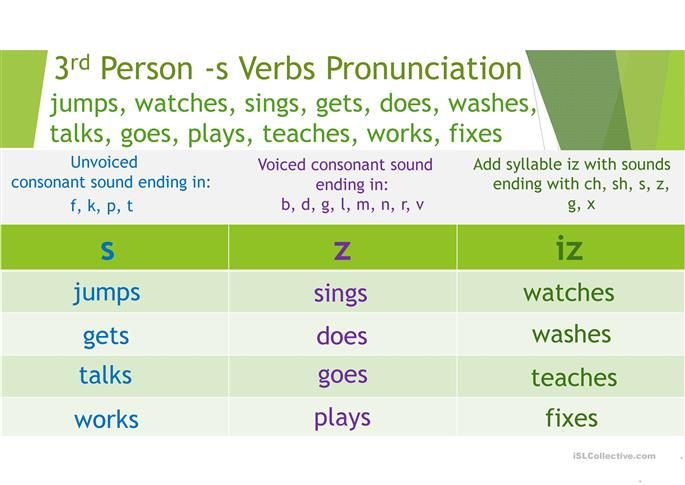
What Is The Double Final Consonant Rule? What Are Some Ideas for Teaching Double Final Consonants?
In the word “hat,” there’s just one consonant at the end. But in the words “fill,” or “kiss,” or “buzz,” there are two consonants at the end.
Why is that? ?
It’s because of the “double final consonant” rule!
In this blog post, I’m going to explain the double final consonant rule, give examples, and share teaching ideas for this skill.
(Note: This is the fourth post in a series of blog posts covering phonics terms and skills. If you missed the preceding posts in this series, you can access the first post on phonemes here, the second on digraphs here, and the third on blends here.)
If a short vowel word or syllable ends with the /f/, /l/, /s/, or /z/ sound, it usually gets a double f, l, s, or z at the end. This is sometimes referred to as the FLOSS rule.
Some examples of words that follow this rule are:
Double f: staff, stiff, whiff, off, cuff, puff, stuff
Double l: bell, fell, tell, smell, spell, drill, fill, gill, mill, pill, still, will, doll, dull, ball, call, fall, hall, mall, stall, tall, wall (Did you notice how the a in the “all” chunk changes to the short o sound? More on this later!)
Double s: bass, mass, pass, chess, dress, press, kiss, miss, floss, fuss, muss
Double z: jazz, whizz, buzz, fuzz
In the words above, the final consonant doubles because 1) the vowel is short and 2) the final consonant is either f, l, s, or z.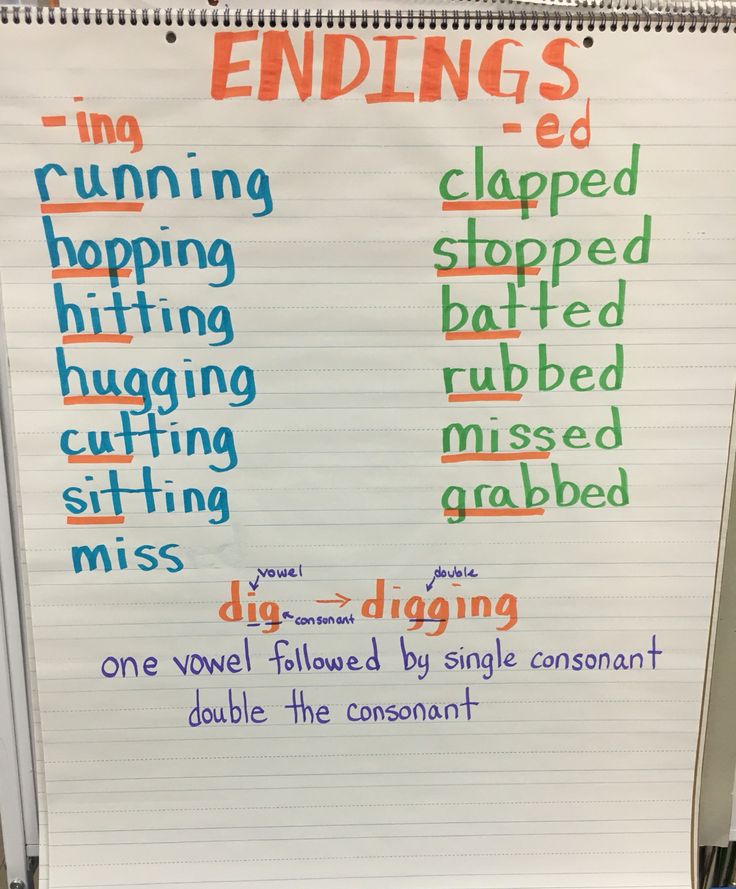
However, there are some exceptions! The most common exception is found in words that end in the letter “s” but make the /z/ sound. (Examples: his, was.)
Words that end with a blend (i.e. golf or shelf) don’t get a final consonant, either.
And here’s a few more exceptions: bus, chef, pal, yes.
I like to call double final consonants “twin letters” when I introduce them to my students!
The first thing I teach students is that we only say the sound of the letter one time. In the word tell, for example, the sounds are /t/ /ĕ/ /l/, and we only say the /l/ sound once.
I usually begin by working with double final consonants f, s, and z. I teach them the rule (including explaining that it applies to words or syllables with a short vowel sound).
After some practice with those double final consonants, I introduce words with “ll” at the end. This is a bit trickier, because when a word has the chunk “all” (like in the word “ball”), the a actually makes a short o sound.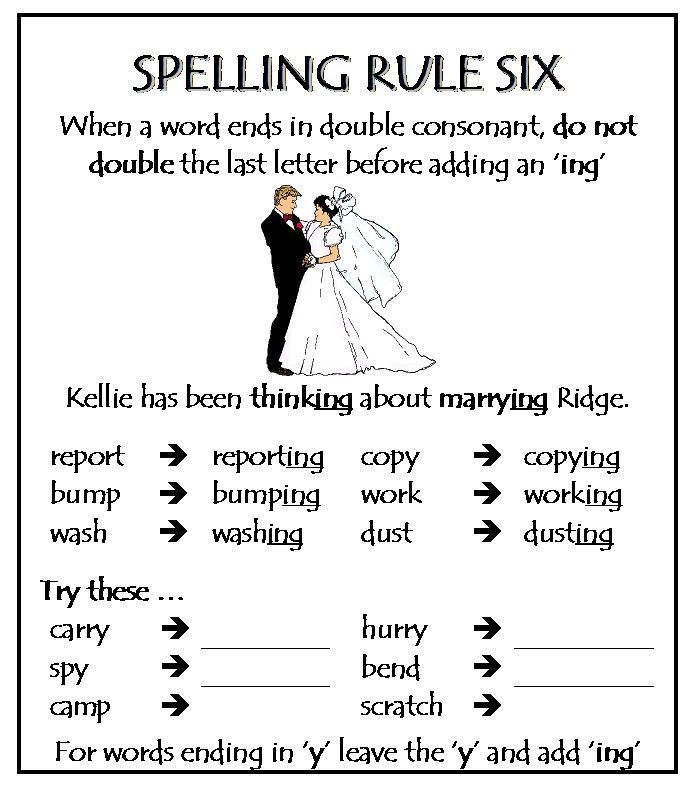
I teach students to look for “all” in words, so that they recognize the chunk and remember the surprising vowel sound.
As with all other phonics rules, we practice reading and writing words with double final consonants, and we read decodable texts with double final consonants.
In Kindergarten, I don’t typically teach my students the double final consonant rule. However, when words come up that end in a double final consonant, I do teach them to say the sound only once.
First grade is typically when I introduce the skill for the first time. In my phonics program, From Sounds to Spelling, I teach double final consonants after students have learned CVC words and digraphs. I usually teach them before we work on consonant blends. Students typically need lots of review with double final consonant words so that they remember to apply the rule in their spelling.
In second grade, we review double final consonant words again, typically at the beginning of the school year.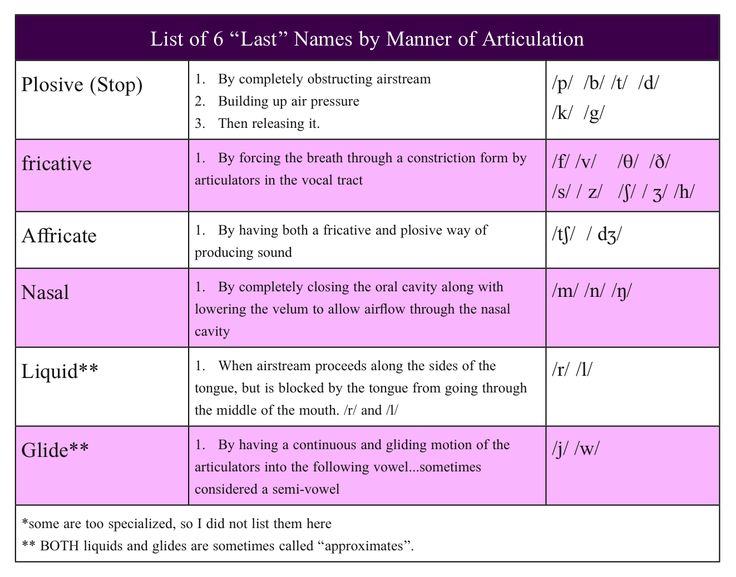 Some kids also need lots of review to consistently apply it to their spelling.
Some kids also need lots of review to consistently apply it to their spelling.
If you’d like a free scope and sequence for teaching phonics in K-2, you can grab it in this free download from my phonics program.
One of my favorite ways to reinforce skills is to have students play games. In my No-Prep Phonics Games, there are TONS of games on a handful of skills. One of those skills is double consonant blends! Check out:
– the 1st Grade No-Prep Phonics Games for Double Final Consonants
– the 2nd Grade No-Prep Phonics Games for Blends
I also have a specific Decodable Readers set on double final consonants! Click here for access to that.
Here are a few fun activities for teaching the double final consonant rule! They come from my phonics program, From Sounds to Spelling, but they can be incorporated into any program.
- Blend to read words with double final consonants (example: I’ll have 3 cards including my double final consonant sound card, b-u-zz; students say /b/ /u/ /zz/, buzz).
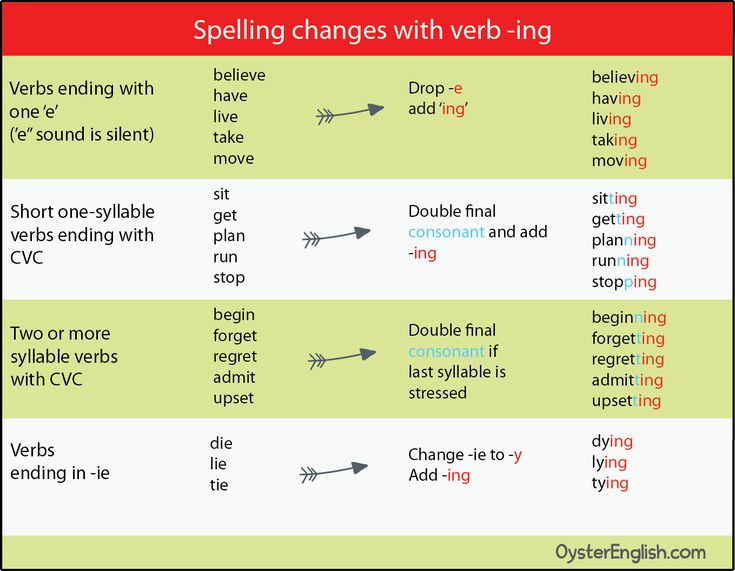 Having both letters on one card drives home the point that these letters work together to make one sound.
Having both letters on one card drives home the point that these letters work together to make one sound. - Write words with double final consonants; make words with magnetic letters
- Circle, underline, or highlight words with double final consonants BEFORE or AFTER reading a decodable text (this is great for getting students to recognize double final consonants in context!)
The human brain loves patterns, so I also try to include games that encourage students to look for patterns. This “Cupcake Bump” activity comes from Level 1 of my From Sounds to Spelling program. (To play the game, students spin and match the spelling pattern by covering a cupcake with a cube. They take turns spinning and covering words. Students may “bump” a partner’s cube if it is not locked in with a double cube. The player to use all their cubes first is the winner.)
From Sounds to Spelling, Level 1, Week 9To build fluency with double final consonant words, my students do this “Reading Race” activity. They race against themselves, trying to beat their previous time as they read the word list.
They race against themselves, trying to beat their previous time as they read the word list.
For double final consonant activities and many more phonics resources, check out my phonics program, From Sounds to Spelling. It includes complete lesson plans, games like the ones above, posters to help students remember spelling rules, high frequency word instruction, decodable texts, and lots more.
Happy teaching!
Photo credits: wavebreakmedia, ShutterstockThe ending -ED: spelling, pronunciation, use
The ending -ED deserves a separate article, primarily because it opens up a new level of communication for students: the past tense. By learning how to use the -ED ending, you gain a new language for expressing your thoughts and can already communicate with the interlocutor on new topics that were difficult to discuss using the present tense.
We first encounter -ED at the elementary level when we start learning English. Then we learn to divide verbs by is correct and is incorrect .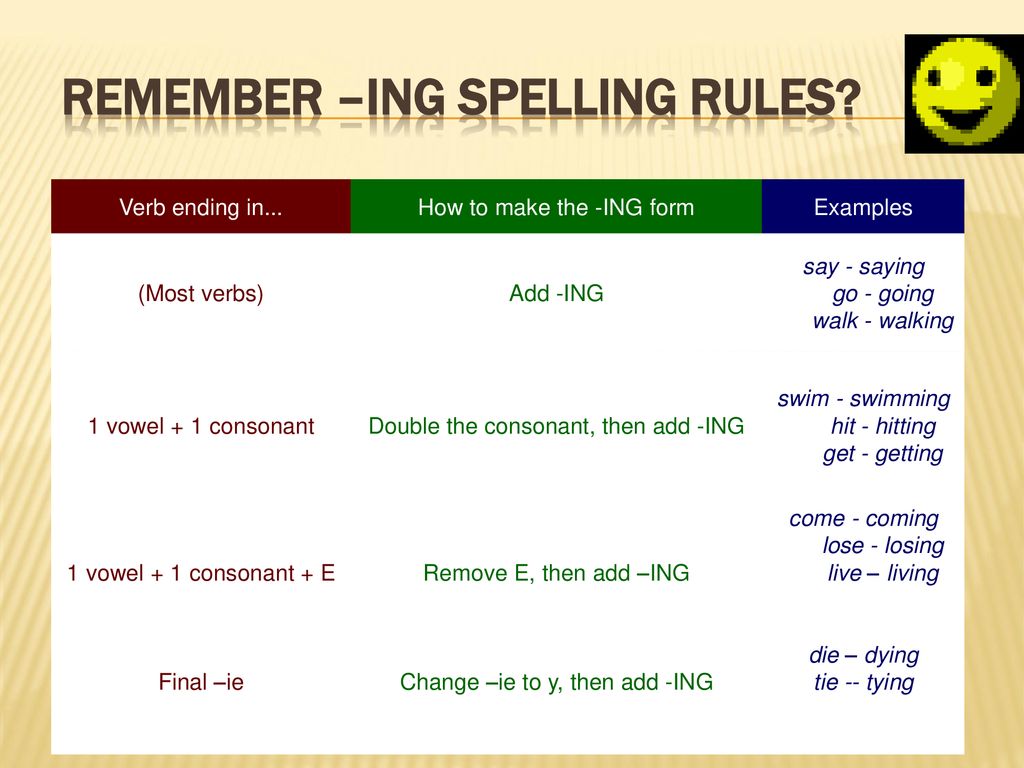 The ending -ED is only added to regular verbs to form the second and third forms of the verb. The second form is used to form the Past Simple tense. But it is not enough just to remember that the verb with the ending -ED is used in the past tense. It is also necessary to understand the peculiarities of using the ending, namely the pronunciation and spelling of verbs with the ending -ED.
The ending -ED is only added to regular verbs to form the second and third forms of the verb. The second form is used to form the Past Simple tense. But it is not enough just to remember that the verb with the ending -ED is used in the past tense. It is also necessary to understand the peculiarities of using the ending, namely the pronunciation and spelling of verbs with the ending -ED.
Pronunciation
The first nuance that is often overlooked by both teachers and students is the pronunciation of the ending. As soon as it is not pronounced, and most often incorrectly. When learning the pronunciation of any ending, remember that the ending is added to the word, not the word to the ending, so the ending will fit the word, not the other way around. The verb always retains its sound. If, by adding an ending, your pronunciation of the verb changes, then you pronounce it incorrectly.
To understand how to pronounce the ending -ED with a particular verb, you must pay attention to the last sound of the verb.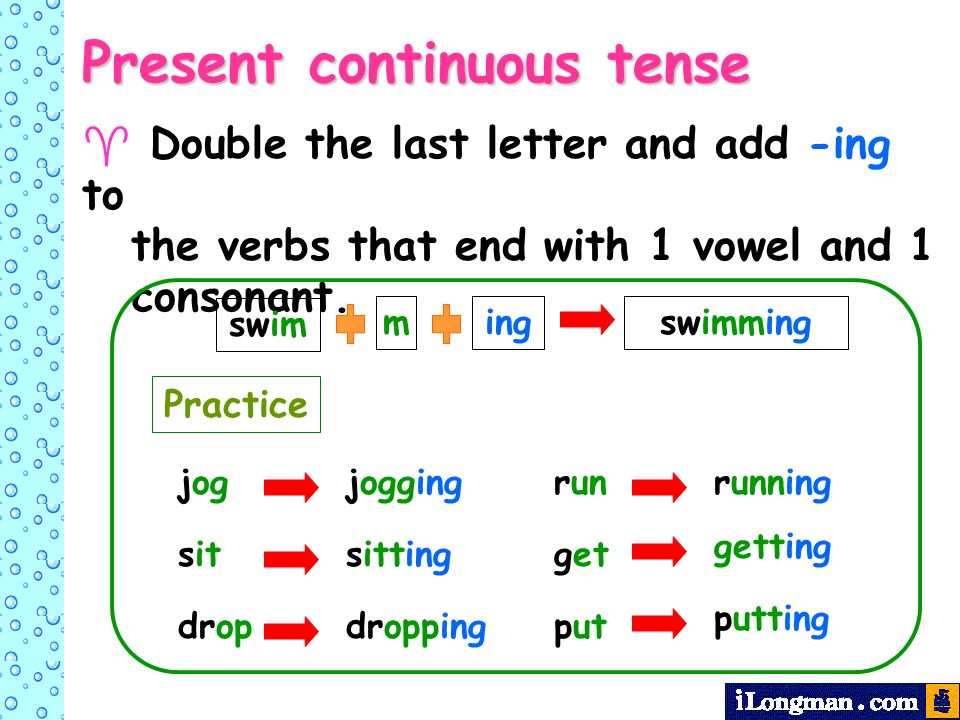
After the sounds /t/ and /d/, the ending is pronounced as /ɪd/, otherwise it will be very difficult for you to pronounce the word:
count - counted
end - ended
invite-invited
land-landed
start-started
visit - visited
wait - waited
Note that the -ED ending is never /ed/, only /ɪd/, or just /t/ or /d/.
If the verb ends in voiceless: /p/, /h/, /s/, /k/, /f/, /tʃ/, /ʃ/, then the ending is voiceless: /t/:
ask - asked
clap-clapped
dress-dressed
help-helped
like - liked
touch-touched
wash - washed
If the verb ends in voiced or vowel , then the ending is pronounced loudly: / d /:
answer - answered
call - called
cry-cry
love-love
move-moved
phone-phoned
play — played
Unfortunately, many students openly neglect the pronunciation of the -ED ending and pronounce it the way they think is correct. Since in Russian we deafen the voiced endings of words without noticing it ourselves: we pronounce 'khlep' (bread), 'sapok' (boot), 'snek' (snow) and so on, then in English we pronounce words in the same way, without thinking. In English, voiced sounds cannot be deafened. This leads not only to terrible pronunciation, but also to the distortion of words.
Since in Russian we deafen the voiced endings of words without noticing it ourselves: we pronounce 'khlep' (bread), 'sapok' (boot), 'snek' (snow) and so on, then in English we pronounce words in the same way, without thinking. In English, voiced sounds cannot be deafened. This leads not only to terrible pronunciation, but also to the distortion of words.
For example, if you stun the ending in the word played, then you get pleɪT. A plate is a plate. If you pronounce /lɪFt/ instead of /lɪVd/ in the word lived, then you get a completely different word - lift, which translates to “raise”.
There are many such examples. You will never get rid of your accent and get good English pronunciation if you stun the endings, so feel free to practice, it is better to pronounce the word slowly but clearly, without distorting the sounds.
Writing
We figured out the pronunciation, now let's look at the rules for writing the ending -ED with verbs.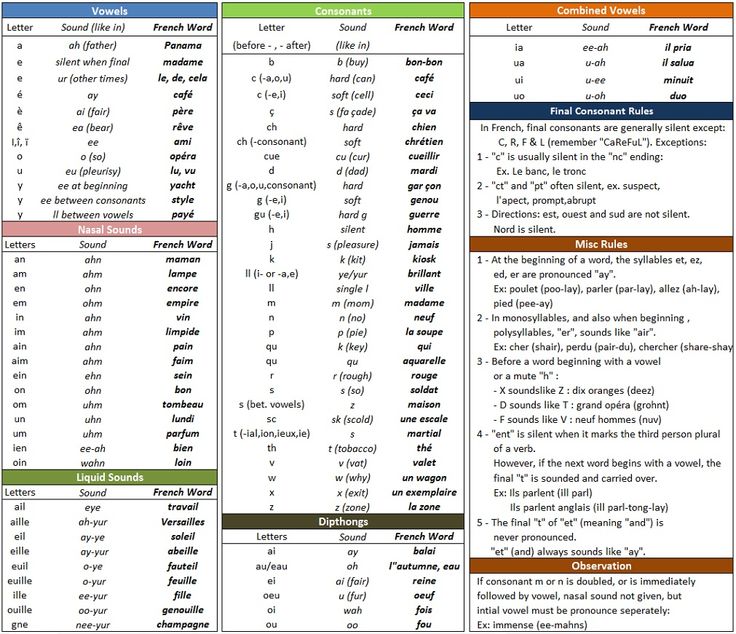
Most often, the ending is simply added to the stem of the verb and no change in spelling occurs:
open - opened
call - called
look - looked
listen-listened
talk - talked
There are a number of rules that apply when the -ED ending is added to a verb.
-
If the verb already ends in -E, then only -D is added to it:
smile — smiled
bake-baked
close-closed
live - lived
move-moved -
A rule that is important to note is the addition of an ending to a verb that ends in -Y. From your previous experience of adding endings (plural formation or Present Simple, since if you are already familiar with Past Simple, then by default Present has already been mastered by you), you remember that if a word ends in -Y, then something should happen to it when adding an ending. From this arise all sorts of interesting spellings that are not always correct.
play-played
enjoy-enjoyed
prey-preyed
stay - stayed
employ-employedIf the correct verb you want to use in the Past Simple ends in consonant followed by -Y, then with a clear conscience you can replace Y with I and add -ED:
copy - copied
cry-cry
try - tried
spy - spied
tidy-tidied -
If a verb ends in one consonant preceded by a stressed vowel ( closed stressed syllable ), then the last consonant is doubled before adding the ending -ED:
star-starred
stop - stopped
drop - dropped
rob-robbed
beg-begged
refer - referred
prefer - preferred -
If the verb ends in two consonants, then the ending is simply added and nothing changes:
climb-climbed
comb - combed
start-started -
When a verb consists of several syllables and the last syllable is unstressed, the last consonant is not doubled:
benefit—benefited
profit-profited -
There are a few exception verbs in British English (BrE) that have a doubled consonant before the -ED ending despite the accent:
travel - travelled
quarrel-quarrelled
label-labeled
signal-signaled
In American English, these words do not double the final consonant.
Usage
Now let's talk about the use of -ED verbs.
The main use of this verb form is the Past Simple tense. By the way, verbs with an ending can only be found in the affirmative form of Past Simple, because the auxiliary verb DID appears in negative and interrogative sentences and the main verb remains in the first form, without endings.
Regular verbs have the same second and third forms, therefore, in all tenses of the Perfect group, we will also encounter verbs with the ending -ED in all types of statements.
The passive voice ( Passive Voice ) also necessarily includes the third form of the verb, so in passive constructions you will definitely come across verbs with the ending -ED.
And finally, many verbs with the ending -ED acquired the function of adjectives:
interested - interested
motivated - motivated
prepared - prepared
isolated
recommended - recommended
It is important to remember that the ending can only be added to the correct verbs, and the wrong ones can simply be learned. If you have a problem with this, use our helpful tips.
If you have a problem with this, use our helpful tips.
If you have just started learning English, then it is at this stage that it is important to learn the features that we talked about in this article, because in the future you will find more complex aspects of a foreign language. Thus, by remembering the simple features of using the -ED ending at the very beginning, you will make it easier for yourself in the future.
Good luck to you! Learn English with pleasure!
Did you see a mistake in the text? Select it and click on the arrow that appears or CTRL+Enter.
rules and examples of usage, past simple Past Simple
How does Past Simple translate?
Very simple: Past Simple Tense - Past Simple Tense (or the Past Indefinite Tense - Past Indefinite Tense). It is pronounced, by the way, like [paste simple].
In our article we will try to tell you everything about Past Simple : how Past Simple is formed in English, when to use it and how to recognize the simple past tense in English.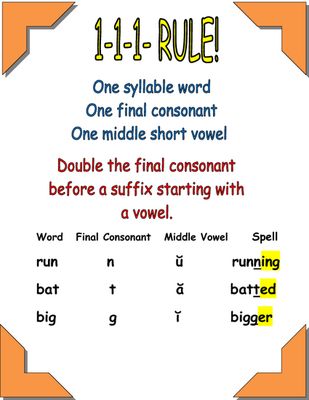
Demo lesson for free and without registration!
Take a lesson, learn about the school and get a promo code for English classes
When is the Past Simple used?
Rules for using Past Simple are logical and simple. We use this time to talk about actions, events, states that took place in the past. Let's look at different situations where 9 is used.0185 Past Simple .
Sentences with clue words
If you want to talk about some completed action or an event that has already happened, you need to use the paste simpl. It can be both ordinary situations and historical facts. How do we know exactly what to use exactly Past Simple ? Hints will come to the rescue! Yes, they indicate a specific time in the past:
| yesterday | yesterday |
| two days ago | two days ago |
| a long time ago | long ago |
| the other day | the other day |
| last year | last year |
| in 2015 | in 2015 |
- Yesterday we played the guitar.
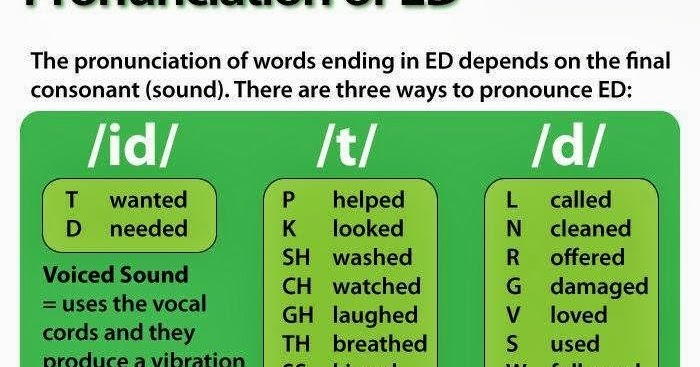 We played the guitar yesterday.
We played the guitar yesterday. - She launched a new product 3 years ago. - She launched a new product 3 years ago.
- We chose the president in 2014. — We chose the president in 2014.
Sentences without special words
Cue words are not required in all sentences that use the tense Past Simple in English. Usually, when the meaning is clear from the context, we do not need additional clues. There are many such examples.
- With confident and resolute denial of any fact:
I never missed my chance . “I never missed my chance.
He never cheated . “He never lied. - When describing past habits:
I always went to the cinema on Sundays . On Sundays I always went to the cinema.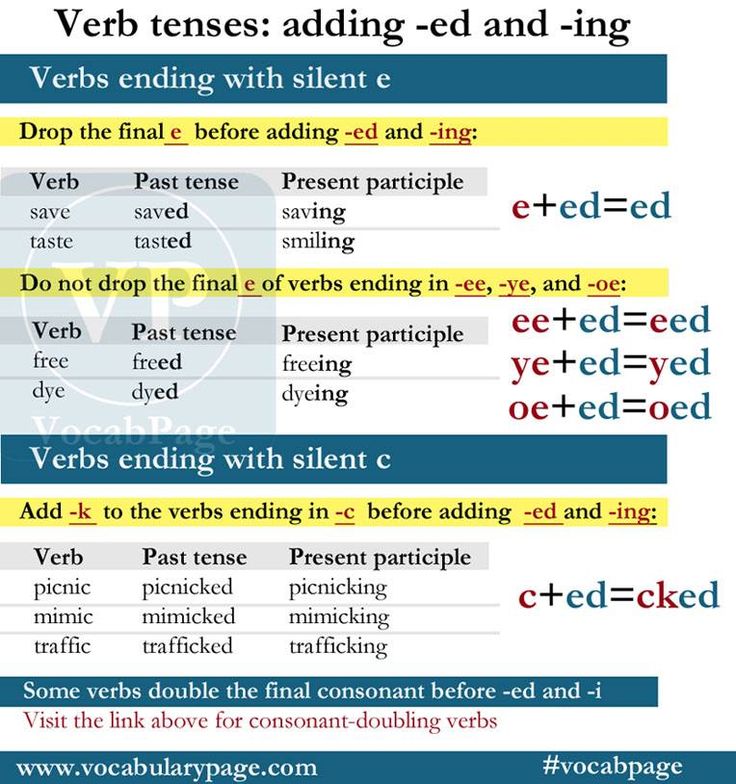
If desired, you can use the set expression "used to" . It is used solely to show that an action that happened regularly in the past no longer occurs in the present.
My mom used to be a police officer when she was 25 years old. - My mother was a police officer when she was 25 years old.
He used to like milk but now he is allergic to it . He used to like milk, but now he's allergic. - When an action or event that has just happened is reported:
Somebody pinched me . “Someone pinched me.
Ann bought a new car . Ann bought a new car. - When describing the appearance of a person, the state of nature or an object:
It was sunny outside yesterday . — It was sunny outside yesterday.
She looked tired . - She looked tired. - When listing any events in the past:
He smiled, closed his eyes and fell asleep .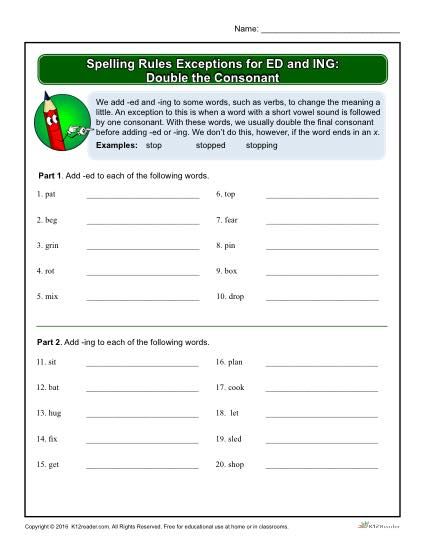 He smiled, closed his eyes, and fell fast asleep.
He smiled, closed his eyes, and fell fast asleep.
Of course, it is impossible to list all variants of Past Simple in one article. The uses of this tense are wide and varied. More practice, and the question: " Past Simple - what time is it? - will cause you only a confident smile.
Past Simple. Rules of education
Grammar Past Simple , at first glance, it seems very simple: the only part of speech changes in the sentence is the verb, which can be correct or incorrect.
Consider first regular verb , or regular verb. In Past Indefinite , the rules for changing the verb are simple: the verb is formed by adding the ending 9 to it0185 -ed .
| Present Simple | Past Simple |
|---|---|
| I want to eat | I wanted (want + ed) to eat |
| I want I have | I wanted I have |
It seems that everything is simple, but two things must be taken into account.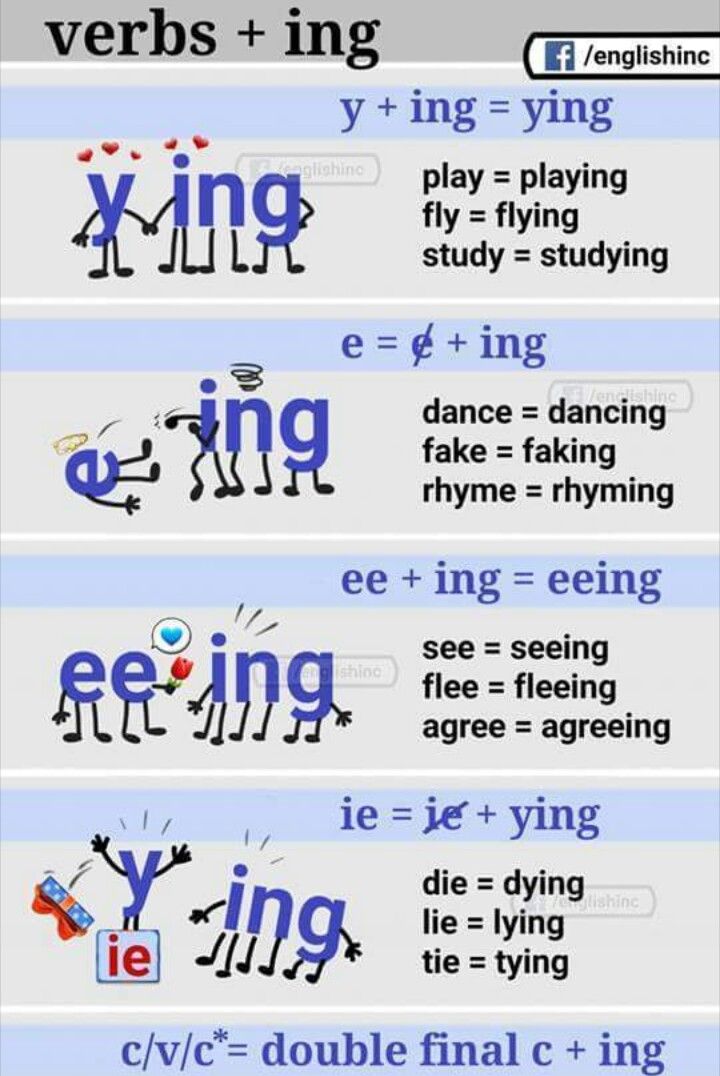
Rules for adding termination
If the verb ends in -w or -x , then in the past tense write them like this: fi x - fixed, bow - bo w ed.
How to pronounce the ending
To make your English sound correct, it is important to remember how to pronounce the ending -ed .
- The ending is pronounced like [d] after vowels and voiced consonants: lie - lied .
- The ending is pronounced like [t] after voiceless consonants: skip - skipped .
- The ending is pronounced as [id] after the consonants -t and -d : act - acted, command - commanded .
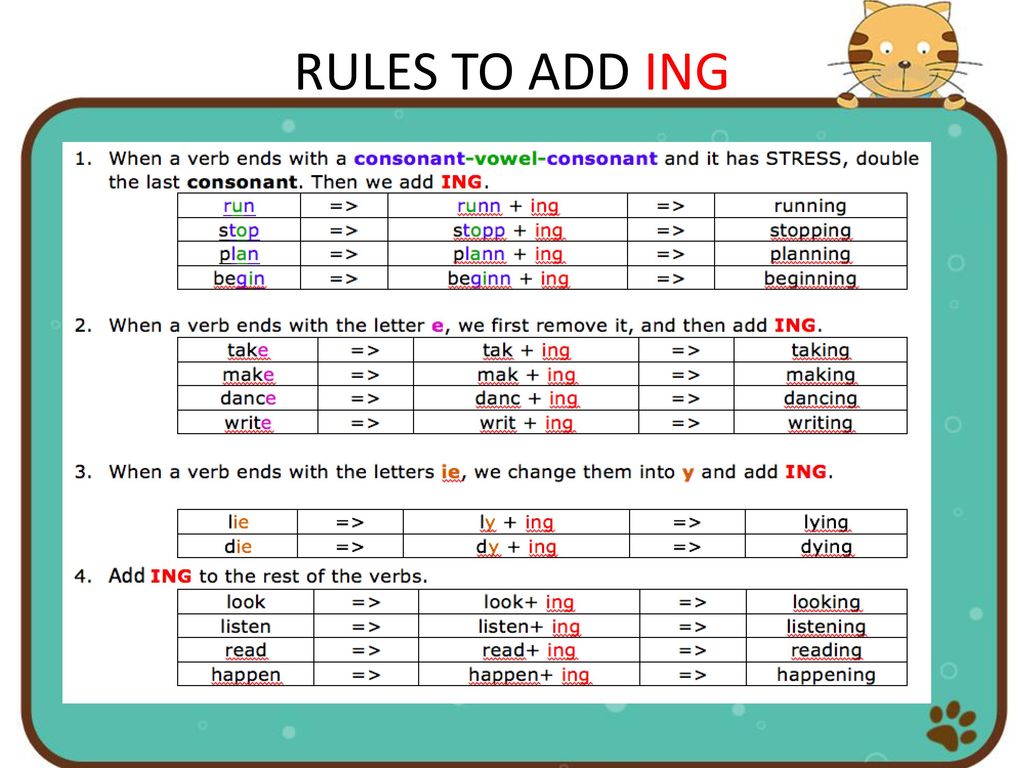
Irregular verbs - Irregular verbs
Irregular verbs are verbs that change non-standard tenses. They defy common grammar rules, you can't just add -ed to them. Each irregular verb has a special form that denotes the past tense. In order to identify irregular verbs and not get confused with endings, you just need to learn them.
There are about 600 irregular verbs in the English language. For ordinary communication, it is not necessary to learn them all! It is enough to use 100-150, which indicate the main actions and are the most common: for example, eat - eat, drink - drink, be - be, sleep - sleep, hear - hear, see — to see, etc.
There are special tables of irregular verbs.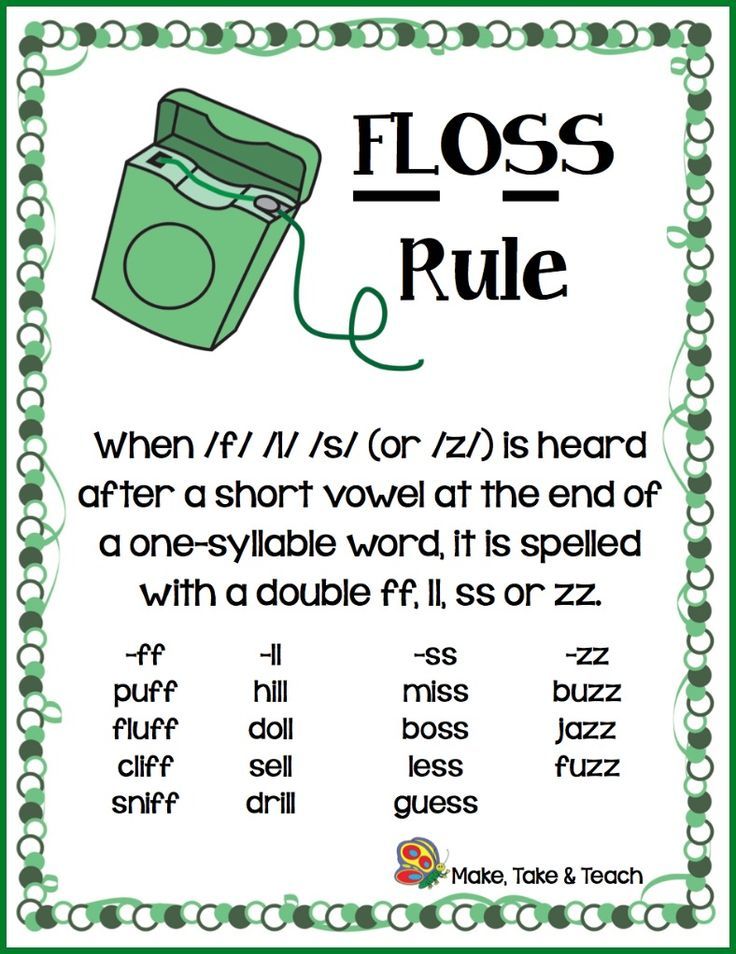 To facilitate the study of these verbs in the future, it is better to memorize three forms of the verb at once: infinitive, past indefinite, past participle. If you want to get to know irregular verbs in more detail, read our article:
To facilitate the study of these verbs in the future, it is better to memorize three forms of the verb at once: infinitive, past indefinite, past participle. If you want to get to know irregular verbs in more detail, read our article:
As an example, let's take a fragment of the table of irregular verbs for the letter -b .
| Infinitive | Past Simple (past indefinite) | Past Participle | Translation |
|---|---|---|---|
| be | was, were | been | be, be |
| become | became | become | becomes |
| begin | began | started | start |
| break | broke | broken | break, destroy |
| bring | brought | brought | bring, deliver |
| build | built | built | build, construct |
| buy | bought | bought | buy |
Types of sentences Past Simple
We got acquainted with the verbs of past simple, now we will learn how to grammatically make sentences with them.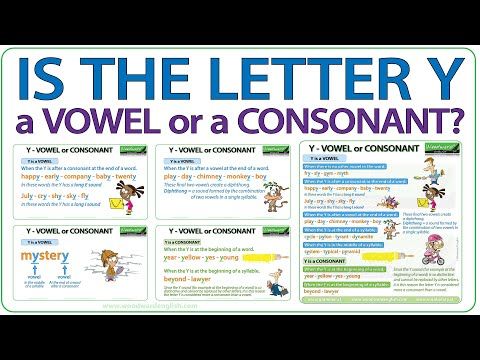 Consider all three forms: affirmative, negative and interrogative.
Consider all three forms: affirmative, negative and interrogative.
Affirmative form
To form the affirmative form of the Past Simple in English, simply use the verb in the past tense.
| Noun (pronoun) + V (verb) + ending -ed or 2 form of the verb | |
|---|---|
| I / He / She / It / We / You / They | play ed sleep - slept (2 form) |
| I play ed . - I played. | |
| I slept . - I was asleep. | |
Negative form
Negative form is constructed using the auxiliary verb to do in the past tense - did and particles not .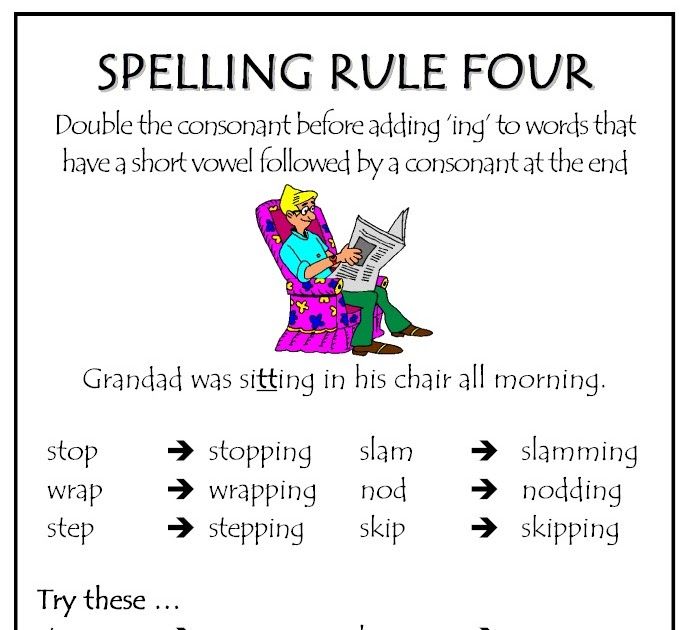 The main verb is used in the initial form. Colloquially, did not is shortened to didn't .
The main verb is used in the initial form. Colloquially, did not is shortened to didn't .
| Noun (pronoun) + did not + V (verb) | ||
|---|---|---|
| I / He / She / It / We / You / They | did not | play sleep |
| I did not play. - I didn't play. | ||
| I did not sleep. - I did not sleep. | ||
Interrogative form
The interrogative form is formed using the auxiliary verb did . It is placed at the beginning of the sentence, followed by the subject and the main semantic verb in the initial form.
| Did + Noun (pronoun) + V (verb) | ||
|---|---|---|
| Did | I / He / She / It / We / You / They | play sleep |
| Did I play? - I played? | ||
| Did I sleep? - I was asleep? | ||
These general questions can be answered using short forms:
Yes, I did or No, I didn't .
For the formation of special questions, with interrogative words, almost the same scheme is used, just a question word is added at the beginning:
Interrogative word + did + noun (or pronoun) + V (verb).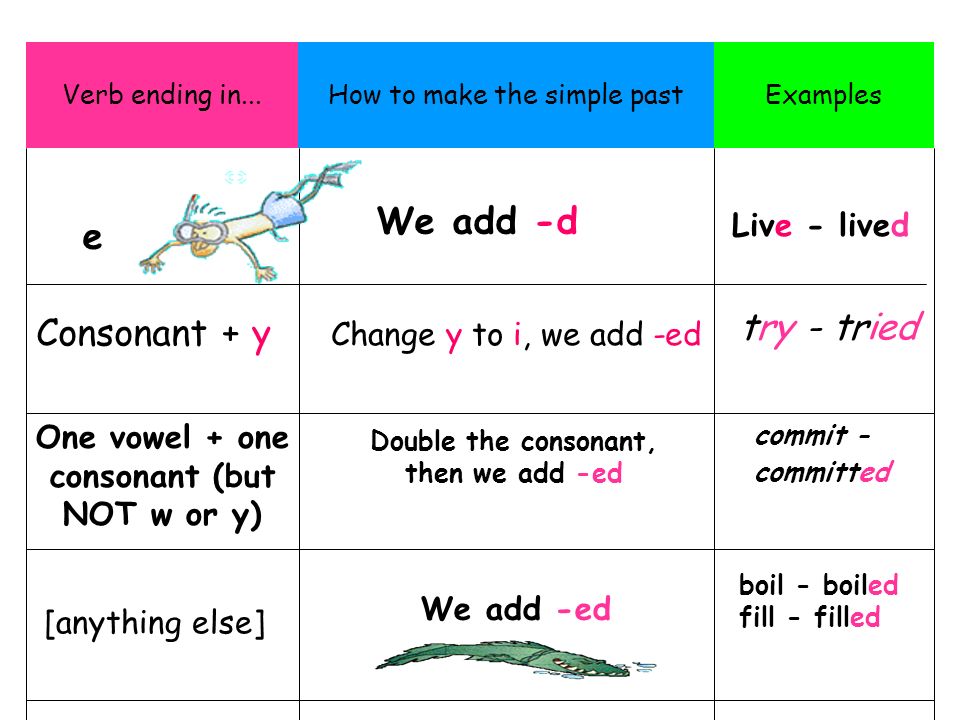
Question words can be any: what - what, why - why, how - how, which - which, where - where, when - when.
- What did you like the most? — What did you like the most?
- Where did you travel last year? Where did you travel last year?
The exception to this rule is the question word who (“who?”). Sentences with it are built without the auxiliary verb did . We put a question word at the beginning of the sentence, then the main verb with the ending -ed or in the 2nd form if the verb is irregular.
- Who made these brownies? - Who made these brownies?
- Who told you that? — Who told you that?
It is mandatory to answer the special question with a complete sentence.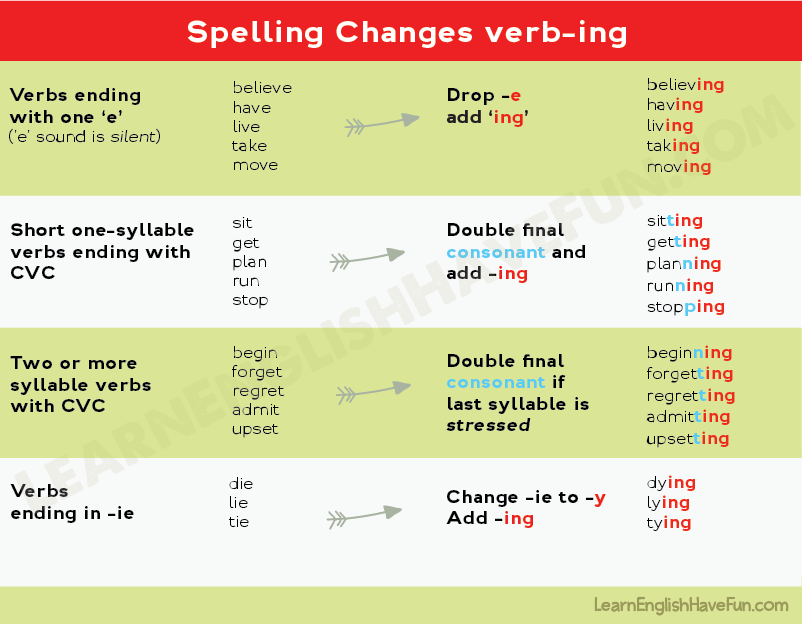
- My brother made the brownies. My brother made brownies.
- The secretary told me so. The secretary told me so.
Conclusion
Time Past Simple in English is called the simple past tense. Now you not only know in what situations to use it and how to pronounce verbs in past simple correctly, but you also understand that Katy Perry used verbs in Past Simple in her hit "Last Friday Night" because she sang about past events that had already happened:
Last Friday night we danced on tabletops and we took too many shots. - Last Friday night we danced on the tables and drank too many shots.
To consolidate, we collected all types of sentences with Past Simple in one table.
| affirmative sentence | Negative sentence | Interrogative sentence | |
|---|---|---|---|
| Regular verb | I laughed.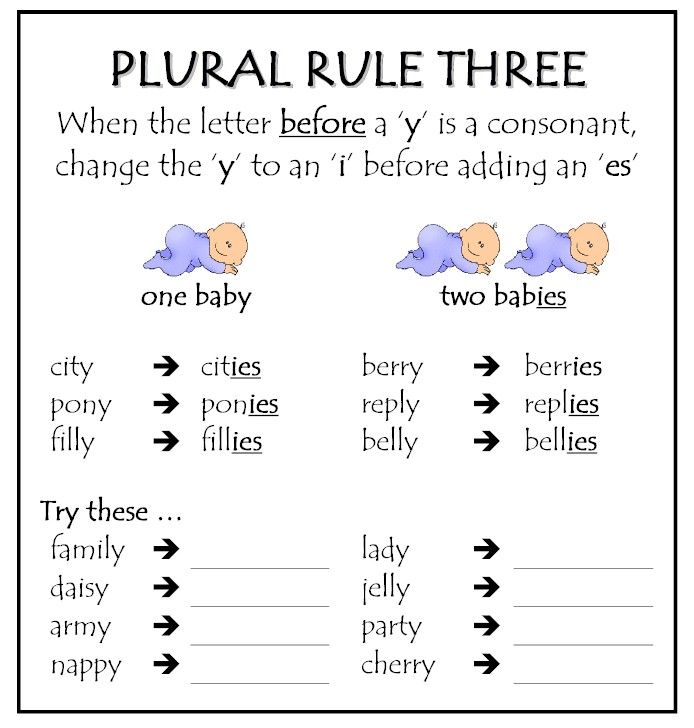 |


